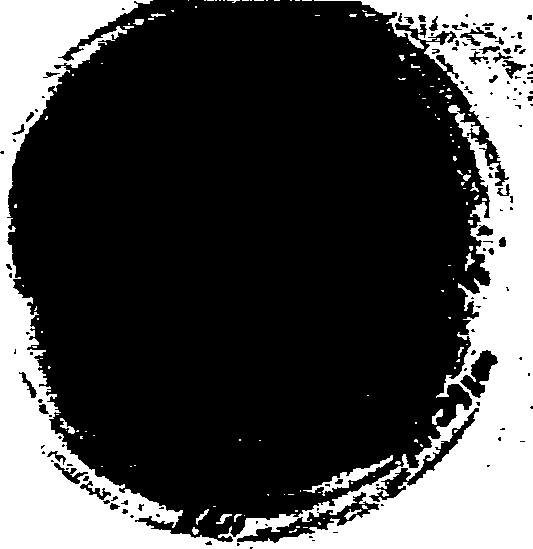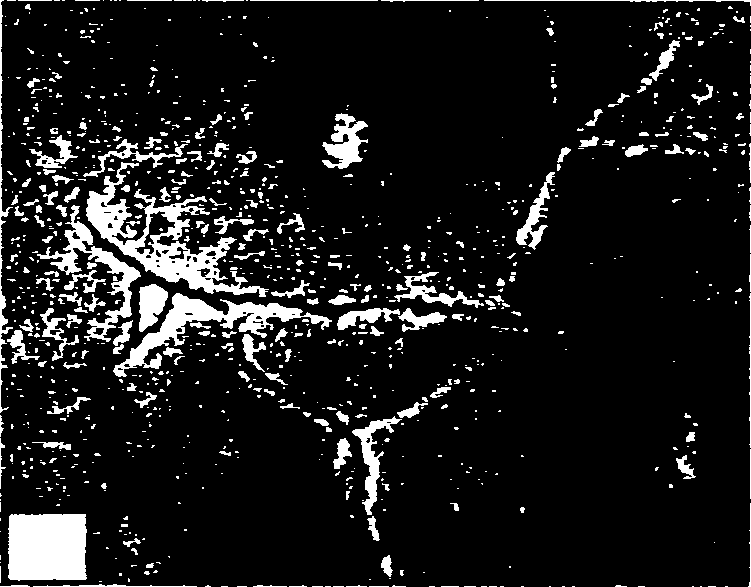Saprospira sp. and its application
A technology of spirochetes and corruption, applied in the direction of bacteria, biological water/sewage treatment, biochemical equipment and methods, etc., can solve the problems such as insignificant effect
- Summary
- Abstract
- Description
- Claims
- Application Information
AI Technical Summary
Problems solved by technology
Method used
Image
Examples
Embodiment 1
[0020] Embodiment 1, the separation of putrefaction spirochete (Saprospira sp.) PdY3 CGMCC No.1043 and its bacteriological characteristic
[0021] 1. Isolation of Saprospira sp. PdY3 CGMCC No.1043
[0022] Saprospira sp. PdY3 CGMCC No.1043 comes from the water bloom in Dianchi Lake. Add the gauze filtrate of the water bloom in Dianchi Lake to the purely cultured Anabaena. Mix and spread on solid BG11 medium, after 2-3 days algae-dissolving plaques appear, such as Figure 1A shown. Use a scalpel to remove a single plaque under aseptic conditions, put it on a solid medium prepared by using Anabaena jelly solution, and Saprospirasp. PdY3 CGMCC No.1043 will continue to grow from the plaque to the surrounding Diffusion, take the putrefaction spirulina (Saprospira sp.) PdY3 CGMCC No.1043 at the edge of the diffusion and put it on the solid medium of the new Anabaena jelly solution, repeat several times, and the purified spirulina putrefaction (Saprospira sp.) .) PdY3 CGMCC No.1043...
Embodiment 2
[0033] Embodiment 2, process polluted water with spoilage spirochete (Saprospira sp.) PdY of the present invention CGMCC No.1043
[0034] Get 2 bottles of 60ml pure culture of Anabaena in the logarithmic growth phase, one bottle is used as a contrast, add 1ml of putrefaction spirulina (Saprospira sp.) PdY3 in another bottle of Anabaena algae ( The concentration of PdY3 was 5×10 4 bar / ml), 1 day later, the algae solution added with PdY3 began to turn yellow, and after a week, the algal cells were all disintegrated, and the solution became clear (the results were as follows: Figure 4 shown).
PUM
 Login to View More
Login to View More Abstract
Description
Claims
Application Information
 Login to View More
Login to View More - R&D Engineer
- R&D Manager
- IP Professional
- Industry Leading Data Capabilities
- Powerful AI technology
- Patent DNA Extraction
Browse by: Latest US Patents, China's latest patents, Technical Efficacy Thesaurus, Application Domain, Technology Topic, Popular Technical Reports.
© 2024 PatSnap. All rights reserved.Legal|Privacy policy|Modern Slavery Act Transparency Statement|Sitemap|About US| Contact US: help@patsnap.com










